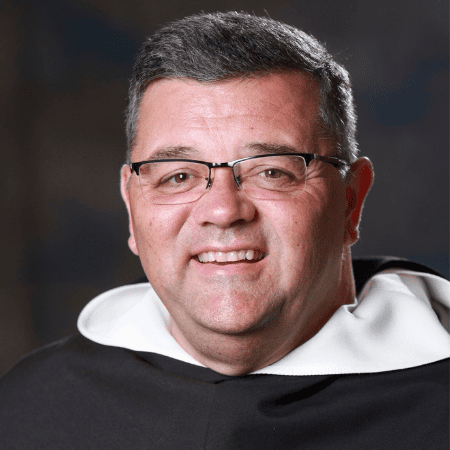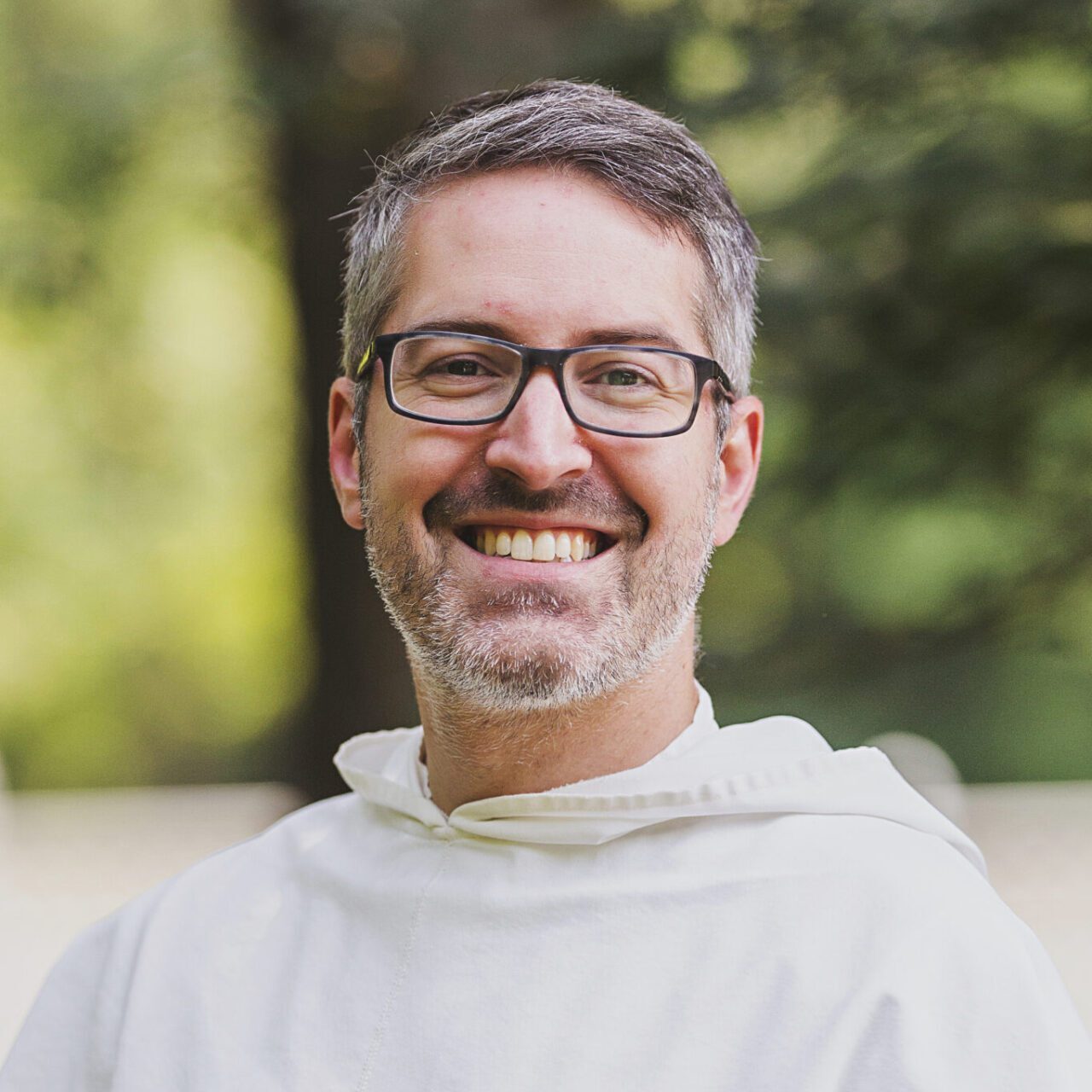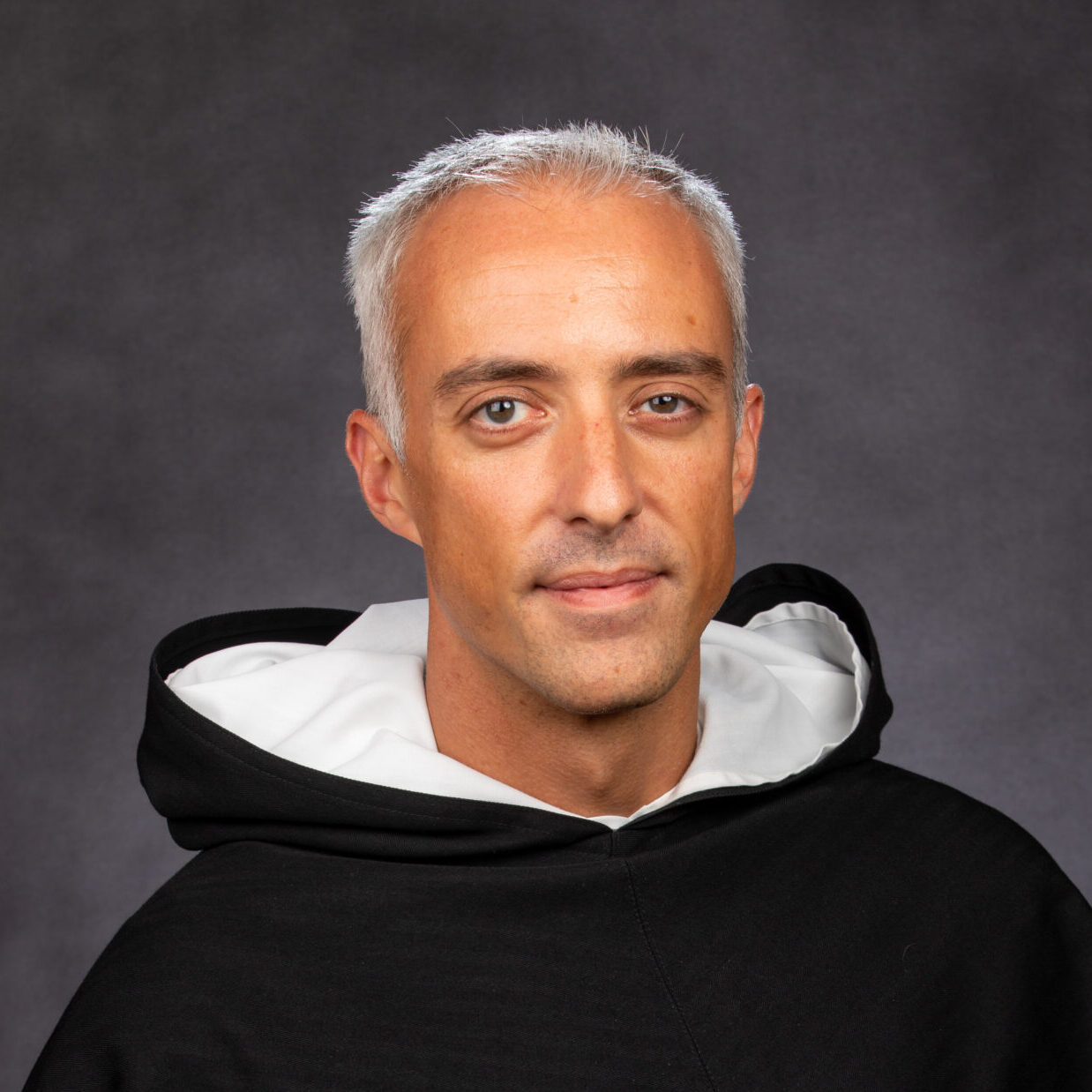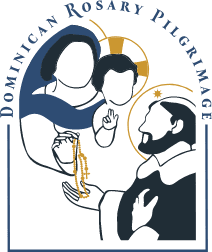About the Dominican Rosary Pilgrimage
The second annual Dominican Rosary Pilgrimage is a full-day event at the Basilica of the National Shrine of the Immaculate Conception in Washington, D.C., on Sept. 28, 2024, hosted by the Dominican Friars of the Province of St. Joseph and local charters of the Confraternity of the Most Holy Rosary, and welcomes Dominican Friars, Dominican Sisters, members of the Rosary Confraternity, and everyone who wants to come from across the country. It is the second time this event will be held. The Dominican Rosary Pilgrimage began spiritually with a nine-month novena that started on Jan. 27, 2024.
Meet the Friars

Fr. James Sullivan, O.P.
Principal Preacher
Fr. James Sullivan, O.P., is a Dominican priest of the Province of Saint Joseph (eastern United States). He holds a Licentiate in Sacred Theology from the Dominican House of Studies and a Licentiate in Philosophy from The Catholic University of America, both in Washington, DC. Fr. Sullivan has served as Prior and Pastor at Saint Dominic’s Church in Youngstown, Ohio and at Saint Louis Bertrand Church in Louisville, Kentucky. He has taught systematic theology at Saint Joseph’s Seminary—Dunwoodie, in Yonkers, New York, and homiletics at Mount Saint Mary Seminary of the West in Cincinnati, Ohio. After being Novice Master for his Province for four years and for 65 novices, in 2014 he went to Rome to serve as the Director of the Institute for Continuing Theological Education at the Pontifical North American College. Since 2018, he has served as a Spiritual Director at Saint John’s Seminary in Brighton, Massachusetts, as Pastor of Saint Pius V Church in Providence, Rhode Island, and as Director of Spiritual Formation at Our Lady of Providence Seminary, also in Providence. At present, Fr. Sullivan is Prior of Saint Dominic’s Priory in Washington, DC.

Fr. Joseph-Anthony Kress, O.P.
Promoter of the Holy Rosary & Main Celebrant
Joseph-Anthony Kress, O.P., entered the Dominican Province of St. Joseph in 2010. He made his solemn profession on August 9, 2014 and was ordained a priest on May 21, 2016. In the spring of 2010 he graduated from Franciscan University of Steubenville with a Bachelor of Arts and subsequently received a Bachelor of Sacred Theology and Masters of Divinity from the Pontifical Faculty of the Immaculate Conception. Fr. Joseph-Anthony has served as the Chaplain to Catholic Hoos at the University of Virginia since February of 2017. He is a co-host of the Godsplaining podcast alongside four of his Dominican classmates. Over the years he has worked in overseeing large-scale liturgies which include World Youth Day Krakow, National Eucharistic Congress, USCCBConvocation, Fr. Emil Kapaun Homecoming, and Amazing Parish conferences. A native of St. Clairsville, OH, he is the youngest of three.

Fr. Dominic Verner, O.P.
Homilist
Fr. Dominic Verner, O.P., was ordained to the priesthood in 2016 and served as assistant chaplain at Providence College before earning his Ph.D. in moral theology at the University of Notre Dame. A native of Indiana, before entering the Order of Preachers, Fr. Dominic earned a Bachelor’s degree in Electrical Engineering from Purdue University and a Master’s degree in Philosophical Studies from Mount St. Mary’s University. At the University of Notre Dame, he wrote his dissertation on St. Thomas Aquinas’s ethics of honor, and now as an Assistant Professor at Providence College, his research and teaching interests especially concern Thomistic virtue theory and how honor, reputation, friendship, and glory motivate virtuous action. Fr. Dominic also serves as team chaplain to the Providence College Field Hockey team and enjoys leading Bible studies with students and leading pilgrimages and service trips to help students encounter Christ.
